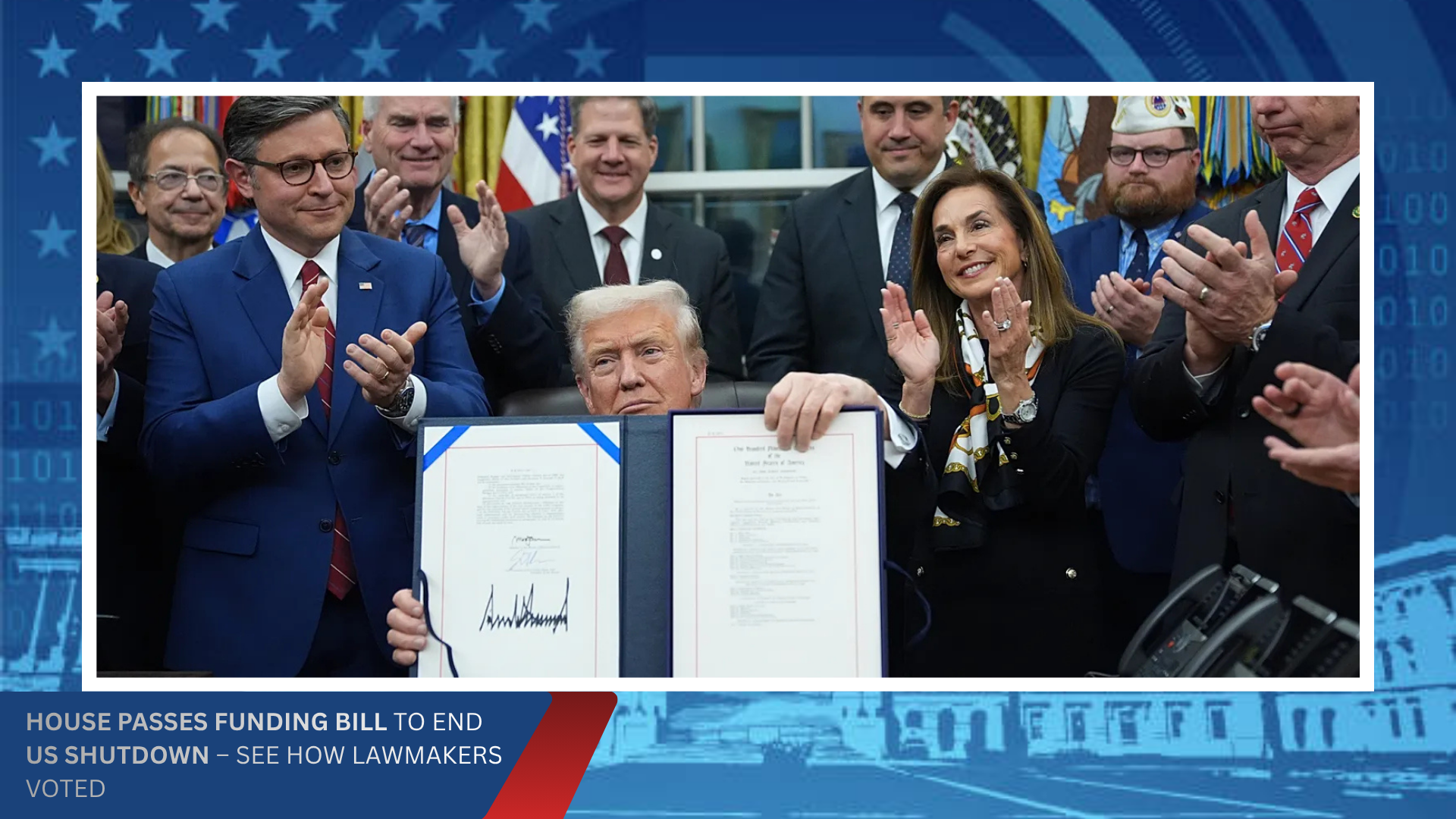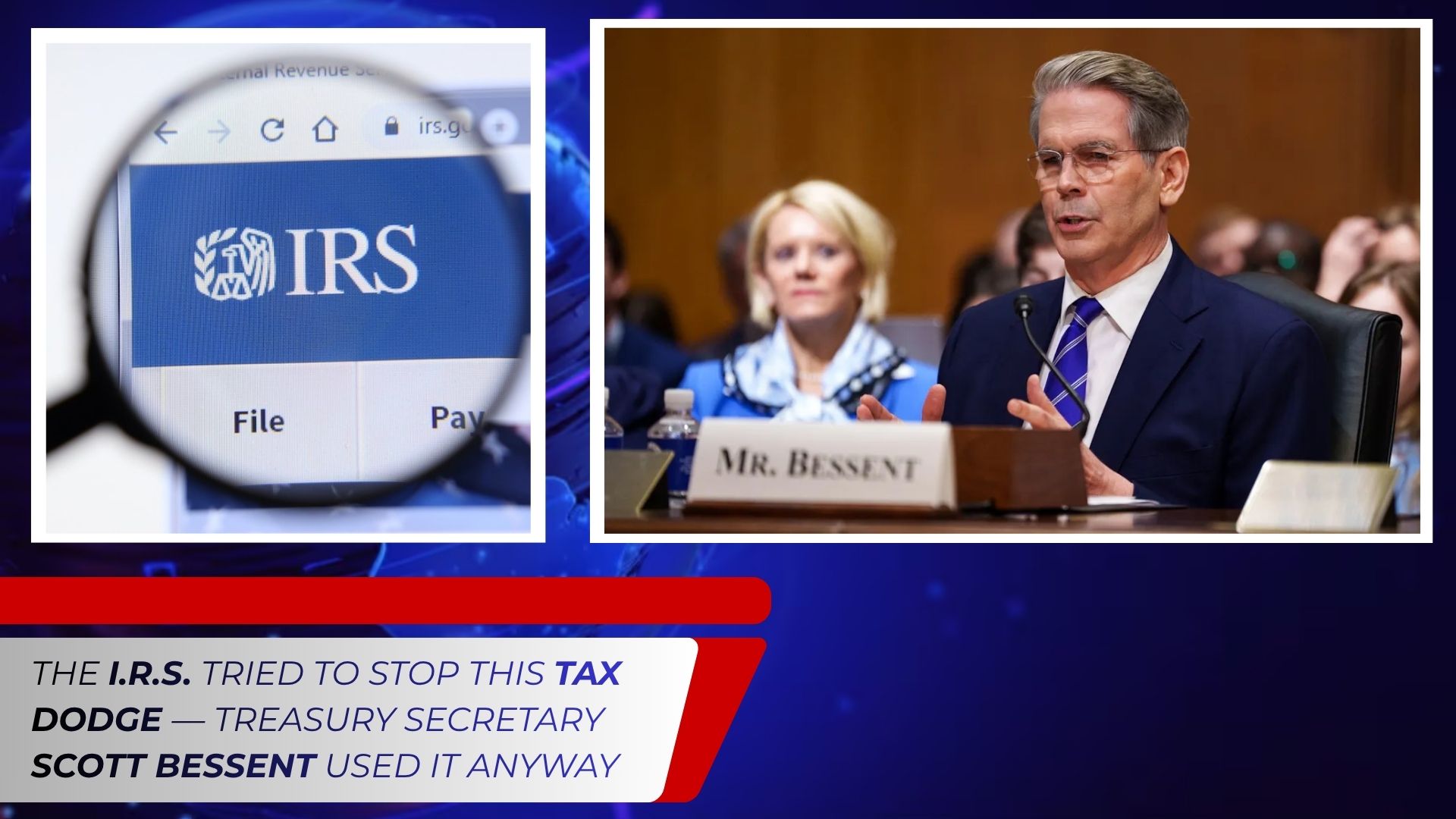For nearly ten years, American politics orbited a single gravitational personality. Removing that center of mass will not restore the old trajectory; it will expose how the system bent around it. The post-Trump world is not an erasure but a remix, with new actors playing to familiar incentives, institutions showing scar tissue, and voters deciding whether attention remains the highest currency in public life. What follows is a portrait of continuity and change, drawn without chapter headings because that is how life will arrive—blended, overlapping, and annoyingly non-linear.
On the right, the coalition that hardened around blue-collar populism will not dissolve with a change of protagonist. Tougher lines on immigration, skepticism of free-trade orthodoxy, and a combative posture toward credentialed authority have become the muscle memory of a party that once prioritized business confidence and foreign policy hawkishness. Future Republican leaders may speak more softly and stage fewer daily dramas, but the strategic instincts will stay recognizably populist: defy gatekeepers, prize visibility, and frame politics as a contest between the ruled and the rulers.
Across the aisle, Democrats lose both their foil and their cohesion device. The party’s most persuasive path does not run through moral theater; it runs through delivery. That means safer streets people can feel, housing approvals that actually yield construction, schools that raise reading scores this semester, and services that arrive on time without heroics. A coalition that spans suburban moderates and movement progressives can survive the loss of a common antagonist if it gains a common metric: visible competence that makes daily life easier.
Institutions will carry their scars. Courts issued rulings, states certified elections, inspectors general investigated, and most gears turned when asked. Yet the culture of contest shifted. A larger slice of the public now treats defeat as illegitimate by default, and that reflex is lubricated by an attention economy that pays premiums for outrage, certainty, and speed. Repair will never be cinematic. It looks like boring virtues: rules written plainly, timelines that are fast and predictable, and records that are easily audited. When routine process ceases to feel like a black box, conspiracy loses oxygen.
Media will confront the vacuum of losing an assignment editor who could summon the news cycle at will. Audiences won’t stop craving spectacle, and platforms won’t retire the dopamine levers that keep them. The healthier alternative is not civics class in grayscale; it is storytelling that follows promised policies into their lived consequences, tracks what changed after the press conference, and resists the algorithmic temptation to substitute volume for verification. If publishers reward follow-through, the audience will learn to prize it again.
Abroad, more continuity lurks than many admit. A colder view of China, skepticism toward “forever wars,” and the fusion of national security with industrial capacity and supply chains are now bipartisan habits, even if voiced in different manners. A post-Trump administration may harmonize more with allies and speak the language of multilateralism, but the melody persists: reduce strategic dependencies, weaponize economic tools when necessary, and treat resilience as policy rather than slogan. Expect targeted export controls, hedged sourcing, and domestic investment to outlive any single presidency.
Business has learned to segment its politics. The era proved that public “neutrality” is hard when employees organize on internal channels, customers polarize in public, and statehouses legislate identity. The next phase will feature fewer, more surgical corporate statements, more compliance and scenario planning, and quieter lobbying tailored to local realities. Small businesses—without brand-risk teams or war rooms—will keep navigating by the oldest instrument panel available: payroll met, customers returning, doors open tomorrow morning.
In law, the longest shadows rarely tweet. Shifts in the judiciary on executive power, agency deference, and the federal–state boundary will shape environmental rules, labor standards, technology policy, and health regulation for a generation. As agency discretion narrows, more fights will migrate to legislatures and direct-democracy campaigns. The courtroom will remain central, but durable change will increasingly demand voter permission, not just clever readings of the Administrative Procedure Act.
Culturally, the past decade normalized shamelessness as armor, “owning” as argument, and vibes as verification. That style will not evaporate when one protagonist exits. Running alongside it, however, is a quieter counter-culture that prefers leaders who talk less and ship more, and communities that measure success in tangible increments: a clerk’s office that cuts permit times, a DA who clears the backlog, a school that moves third-graders from guessing to reading. Cultural resets accrete like savings and then look obvious in retrospect.
Our elections will be healthier when they stop doubling as apocalypse pageants. Civic maturity does not mean disengagement; it means accepting gradations. Some policies are bad and get repealed; not every outcome is Ragnarok. Voters can still care fiercely while demanding receipts: projects built on schedule, trials that start when promised, assistance that arrives without mazes. When government shows its work, politics takes up less emotional space—not because people are numb, but because they feel served rather than managed.
As for the movement’s base, loyalty does not vanish; it redistributes. Some will graft onto the next tribune who promises recognition more than policy. Others will drift back into everyday life while retaining a posture of skepticism toward experts and institutions. A small fringe will radicalize; a small fringe always does. The best temperature control is stubbornly practical: competent schools, predictable public safety, straightforward paths to start a business or add a bedroom. It is difficult to sell catastrophe to people whose daily systems are quietly working.
The temptation to mythologize—Trump as singular cause of decline or singular cure—is strong and misleading. He functioned more as mirror and megaphone than architect, reflecting grievances that predated him and amplifying them to maximum volume. The real exposé is about incentives: parties that found outrage cheaper than persuasion, institutions that forgot consent must be earned repeatedly, platforms that monetized drama over delivery. Change those incentives and the script changes without swapping heroes.
The next chapter will be written as much in counties and city halls as in capitals. That is where housing gets approved, clinics open, case backlogs shrink, and small projects stack into visible improvements. If we want politics to feel calmer and more useful, build places where government is a tool rather than an identity—clear rules, fast timelines, transparent ledgers, and a bias for getting things done. The camera will always find a new spectacle. It rarely lingers on repair. That is fine. The work that matters tends not to trend.
We are briefly between main characters. Another will emerge; the lens will swivel; the feeds will hum. What cannot be captured easily is the slow craft of reconstruction: institutions that explain themselves plainly, services that arrive on time, leaders who remember that attention is not authority. The post-Trump world will not be quiet by default, but it can be intelligible—if we trade a little drama for a lot of delivery, and if we treat trust not as a vibe but as a balance sheet that compounds when we keep our promises.




.png)



